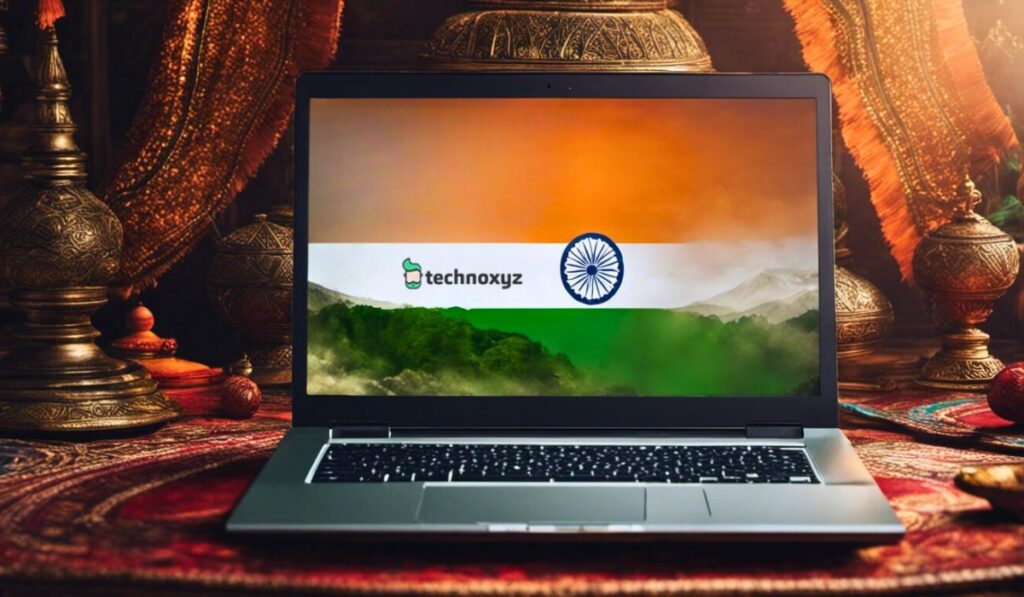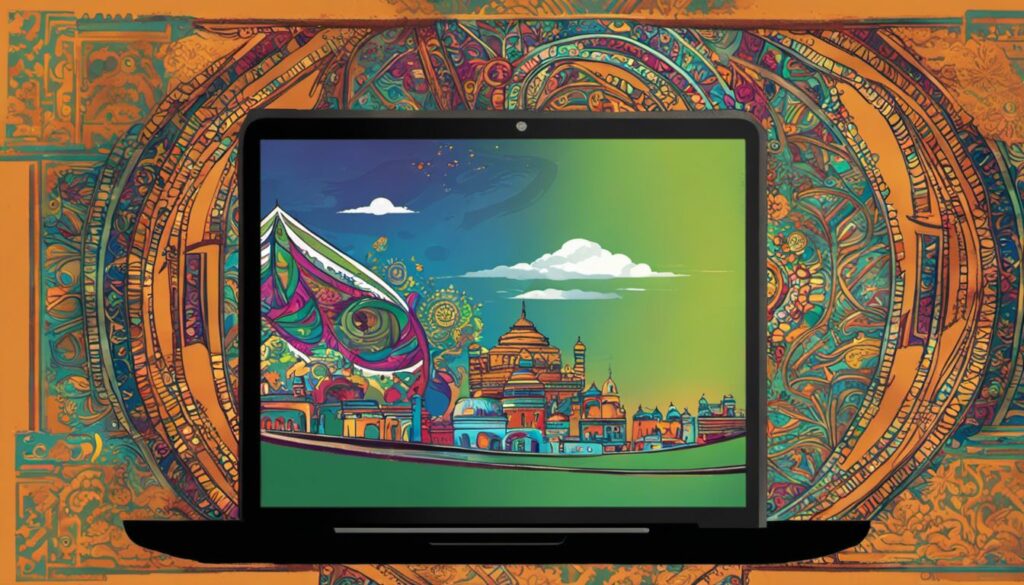Are you tired of using the same old web browsers like Google Chrome and Firefox? As an internet user in India, I’ve found myself reliant on these foreign giants too. But here’s a game-changer: The Indian government is launching its own web browser to revolutionize our actions online! Dive into this blog post to discover how India plans to challenge Silicon Valley with its homegrown “Indigenous” browser.
Post Contents
Indian Government’s Initiative to Develop a Homegrown Web Browser
The Indian government has launched an initiative to develop a homegrown web browser as part of their efforts to reduce reliance on global giants like Google Chrome and Mozilla Firefox.

Indian Web Browser Development Challenge
The Indian government started a big contest. They call it the Indian Web Browser Development Challenge. This contest asks people who know about tech to make a new web browser. The best one wins 3.4 crore rupees! The Ministry of Electronics and Information Technology runs this contest.
They want an Indian made web browser that can go toe-to-toe with Chrome and Firefox.
Goal to reduce reliance on global giants like Chrome and Firefox
The Indian government is hard at work. They want to make a web browser of their own. Giants like Chrome and Firefox rule the online world for now. But India wants to change that. This new plan will help cut ties with these global players.
It’s part of an effort to power up the local digital scene too. The idea is not just to compete but also innovate from within India itself. So, this homegrown web browser stands for more than Internet surfing—it’s about making our mark in the tech world!
Potential Features and Benefits of an Indigenous Web Browser
An indigenous web browser could offer customized features for Indian users, enhanced security and privacy, as well as integration of cryptocurrency-related functionalities.

Customized features for Indian users
The new web browser will have customized options just for Indian users. These special features can make using the internet much easier and fun for us. For example, pages that are popular in India might load faster than others.
The homegrown web browser also offers a unique Indian experience on the net. This means we see more of our local content when we browse online with this tool. With enhanced security and privacy settings, it keeps user data safe too.
So it’s not just about speed or ease, but safety as well! It’s clear this new tool takes care of many needs we Indians may have while surfing the internet.
Enhanced security and privacy
The Indigenous web browser aims to prioritize the security and privacy of Indian users. With advanced features, it will provide enhanced online safety and protect users’ privacy. This means that your personal information will be safeguarded while browsing the internet using this browser.
The goal is to ensure that Indian users have a more secure and private online experience, reducing the risks associated with data breaches and unauthorized access to sensitive information.
By developing indigenous technology solutions, the Indigenous web browser aims to create a safer digital environment for all Indian internet users.
Integration of cryptocurrency-related functionalities
The indigenous web browser being developed in India aims to support cryptocurrency-related activities. This means that users will be able to perform online transactions using digital currency directly through the browser.
It is a move towards financial technology innovation, leveraging blockchain technology for secure and efficient transactions. With this integration, users may have more control over their digital assets and experience seamless crypto transactions within the browser itself.
Furthermore, it can also contribute to cybersecurity and data privacy by incorporating features that protect users from online threats while engaging in cryptocurrency activities.
Challenges and Competition in the Web Browser Market
The web browser market presents numerous challenges and fierce competition, primarily due to the dominance of Chrome and Firefox.
Dominance of Chrome and Firefox
Chrome and Firefox are the most popular web browsers in the market. They have a strong presence and dominate when it comes to internet usage. These browsers hold a significant share of the market, making them formidable competitors.
Many people around the world prefer using Chrome or Firefox for their web browsing needs. However, this dominance presents challenges for other players in the browser market who want to gain traction and compete with these giants.
Developing a homegrown web browser like “Indigenous” is one way India aims to reduce reliance on these global giants and create more competition in the market.
Competition from other homegrown browsers
Competition from other homegrown browsers is one of the challenges that India’s indigenous web browser will face in the market. While there are well-established browsers like Chrome and Firefox, there are also other locally developed browsers vying for user attention.
These homegrown browsers may have their own unique features and advantages tailored to Indian users. They may offer better integration with local services, improved language support, or specific functionalities designed for Indian internet users.
However, gaining user adoption and acceptance will be crucial for these browsers to compete effectively against established players in the market.
User adoption and acceptance
As an Indian user, I understand the importance of user adoption and acceptance when it comes to a homegrown web browser. It is essential for any new browser to gain the trust and approval of users in order to compete with established giants like Google Chrome.
The Indian Web Browser Development Challenge aims to address this challenge by designing and developing a browser that meets the needs and preferences of Indian users. By offering customized features, enhanced security, privacy, and even cryptocurrency-related functionalities, there is hope that Indian users will embrace and adopt this indigenous web browser as an alternative option.
The success of this challenge depends on factors such as user engagement, interest in adopting a domestic browser, competition from other browsers, and the availability of new options with attractive features.
Frequently Asked Questions
Is India developing its own web browser to compete with Google Chrome?
Yes, India is reportedly planning to create a homegrown web browser called “Indigenous” as an alternative to Google Chrome.
What is the purpose of developing the “Indigenous” web browser?
The purpose of developing the “Indigenous” web browser is to reduce dependence on foreign technology and promote digital sovereignty in India.
Will I be able to use the “Indigenous” browser outside of India?
It is not clear at this time if the “Indigenous” web browser will be available for use outside of India or if it will primarily cater to Indian users.
When can we expect the release of the “Indigenous” web browser?
There is no specific timeline mentioned for the release of the “Indigenous” web browser as it is still in development stages.
Conclusion: The Future of India’s Homegrown Web Browser
In conclusion, India’s plan to develop a homegrown web browser shows its determination to reduce reliance on global giants like Google Chrome. With customized features for Indian users, enhanced security and privacy measures, and the integration of cryptocurrency functionalities, the indigenous browser aims to provide a unique and secure browsing experience.
While there are challenges in competing with dominant browsers like Chrome and Firefox, India’s government initiatives and developer talents can drive the growth of the country’s technology industry and promote innovation in web browsing technology.